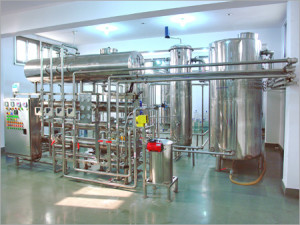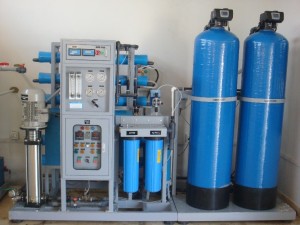If the place where you have been staying is an area with hard water then it is indeed a necessity to have a water softening plant nearby. There are also instances when homes have their own water softening system but still it is more viable to have an alternative that serves the greater community.
Nowadays, there have been in a steady development in the number of mineral water plants and this has led people to get more conscious about  their intake of pure, clean and healthy drinking water.
 The method of softening water rests on a simple principle and in precise terms it is something like this, the magnesium and the calcium ions present in water often get themselves replaced with ions that are more desired, such as sodium.
The method of softening water rests on a simple principle and in precise terms it is something like this, the magnesium and the calcium ions present in water often get themselves replaced with ions that are more desired, such as sodium.
This is indeed a great solution to the hard water problem as the softened water in this case doesn’t reach with soap and cause precipitation within the pipeline.
This type of softened water is although is not a great option as drinking water since the amount of sodium added to the water by employing the given procedure is favourably small that is much lower than even than 12.5 milligrams per 8-ounce. Therefore taking this water which is low in its sodium content might give rise to health problems in the long run.

There is another method of softening water.The replacement of ions can be initiated by filling up a tank with small polystyrene beads.
They are often referred as zeolite or resin. These beads remain negatively charged and bond along with sodium ions which are positively charged.
Sooner the water flows past the beads the sodium ions change place with ions of magnesium and calcium.
Thus water can be softened easily. These are some of the basic processes to soften water but there are several other procedures that are also used by the different water softening plants and the mineral water plants. It is mainly about the usefulness and the ultimate outcome, based on which the procedure is chosen.
